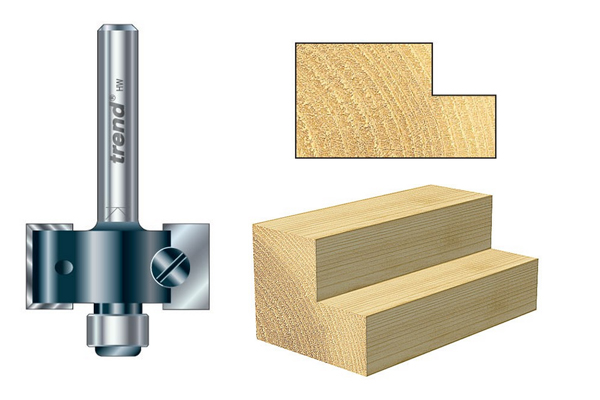machone
Established Member
I have tried pushing the wood against the fence at the required distance from the cutter but a constant distance from the curved edge is difficult to keep by hand resulting in a ‘wobbly’ trench....it also turned the router table into a formidable weapon! Thankfully it was just a practice piece, but what is the best way to do this please?
The trench needs to be about 10mm from the curved edge of the stock which is a plain curve, not compound.
The trench needs to be about 10mm from the curved edge of the stock which is a plain curve, not compound.








































